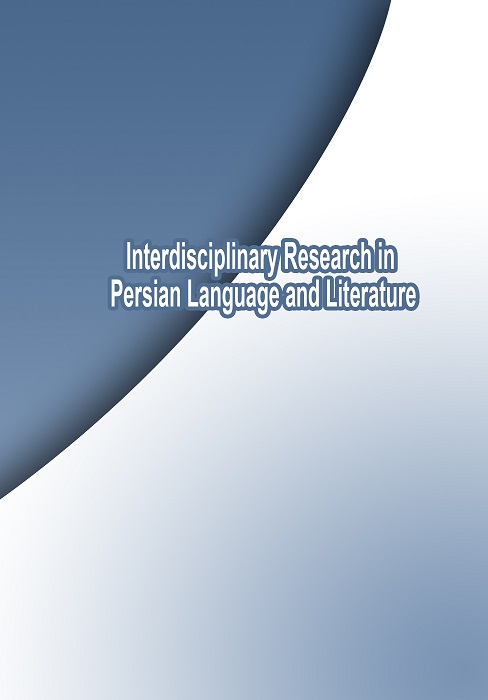Psychological Analysis of Enjoyment of Literary Aesthetic Techniques Based on Gestalt Theory
Document Type : Research Paper
Author
Assistant Professor, Department of Persian Language and Literature, Hakim Sabzevari University
Abstract
Aesthetic techniques in literature, analyzed within the rhetorical domains of novelty (badi‘), expression (bayān), and meaning (ma‘ānī), are among the fundamental factors contributing to the literary pleasure experienced by readers. Investigating the psychological foundations behind this enjoyment offers valuable insights into how literary appreciation is processed neurologically. This descriptive-analytical study utilizes library-based resources and adopts a deductive framework informed by Gestalt psychology to examine why aesthetic techniques evoke pleasure. The findings reveal a significant correspondence between the operational mechanisms of these techniques and the perceptual organizing principles that govern brain processes. Gestalt psychologists emphasize that these principles are rooted in the Law of Prägnanz—a governing principle that shapes perceptual processes by enabling sensory stimuli to be perceived in their most complete and organized form. Following this unconscious perceptual process aligned with Prägnanz, authors employ literary aesthetic techniques to incorporate sensory experiences into their texts with maximum effectiveness through a comparable mechanism. Every aesthetic technique functions analogously to one or more organizing principles of perception, creating an ideal framework for sensory interpretation. This alignment between aesthetic techniques and perceptual organization principles is what ultimately generates a sense of pleasure within the brain.
Volume 3, Issue 2
September 2025Pages 1-26
- Receive Date: 02 August 2024
- Revise Date: 03 February 2025
- Accept Date: 18 January 2025
